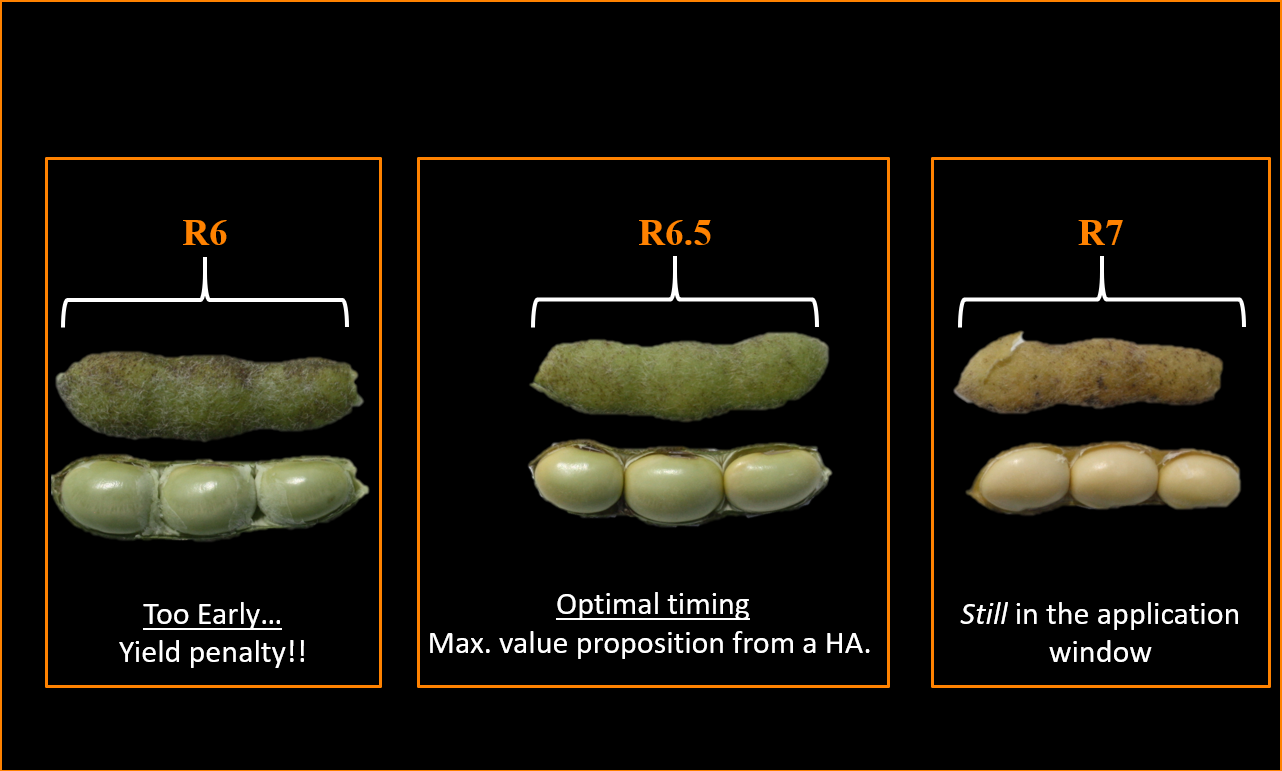The bollworm flight has been in decline in several areas. Our trap catches have returned to single digits in several counties. A general decline in plant bug populations is also being observed, but stink bugs continue to linger. Some fields of cotton have now reached a maturity where we should and have terminated insecticide applications for plant bugs, stink bugs and bollworms. For later maturing fields, it may still be necessary to manage pest infestations for a couple of more weeks.
Keep in mind that the average last effective bloom date is upon us (August 15-20th). This is the average date that a white flower has a 50% chance of making a harvestable boll. It is a roll of the dice whether bolls set after this date have time to mature before a frost. For late maturing fields that are just now or have not reached NAWF5, it is still advisable to continue to good insect management practices for 2-3 weeks to allow these last bolls to accumulate enough heat units to be relatively safe from insect attack.
- Insecticide applications for plant bugs can be terminated when cotton has accumulated 250-300 DD60s past NAWF5 (NAWF5 = average of 5 nodes above a first position white flower).
- Insecticide applications for stink bugs can be terminated when cotton has accumulated 400-450 DD60s past NAWF5. However, fields free of stink bugs at 350 DD60s past NAWF5 are unlikely to develop economically damaging infestation after this point.
With the above considerations in mind, producers can potentially relax thresholds since we’ve reached the last effective bloom date.
- The last effective bloom date mentioned above represent a 50% chance that a new boll will make it into the picker. Thus, there is a pretty good chance these bolls will not contribute to yield.
- The upper, less mature bolls typically are smaller in size and number and represent a relatively small proportion of the overall yield. This assumes average or better boll retention on the bottom two-thirds of the plants.
My suggestion from this point forward is to pay better attention to stink bug and active bollworm infestations than to plant bugs. Stink bugs and bollworms are more likely to injure bolls. Spending a lot of money to protect squares and small bolls from plant bugs at this late date is a questionable decision. Of course, we have some built in protection from bollworm because almost everything is Bt Cotton. However, Bollgard 2 cotton in particular does not always provide adequate protection against moderate to heavy infestations, and insecticide applications may be justified. Bollgard 3 and Widestrike 3 cotton varieties have held up well this year, however; Bt expression can also decrease at cutout and beyond. Keep an eye on fruit damaged potentially damaged by bollworms out to NAWF5 + 400 DD60’s. Final clean up shots need to have a pyrethroid, OP or combination of the two to take care of stink bugs, plant bugs and potentially catch a stray worm in the top.


 I’ve spent several days over the past week making my way through much of Tennessee’s cotton. In this blog, I share a few observations, several thoughts on where we are, and attempt to set expectations for the 2025 crop.
I’ve spent several days over the past week making my way through much of Tennessee’s cotton. In this blog, I share a few observations, several thoughts on where we are, and attempt to set expectations for the 2025 crop. 
